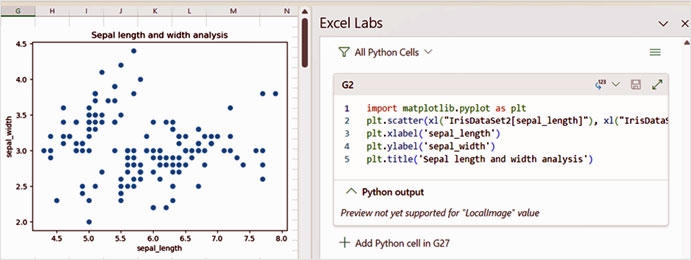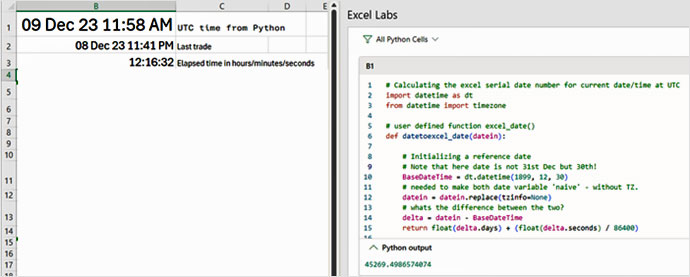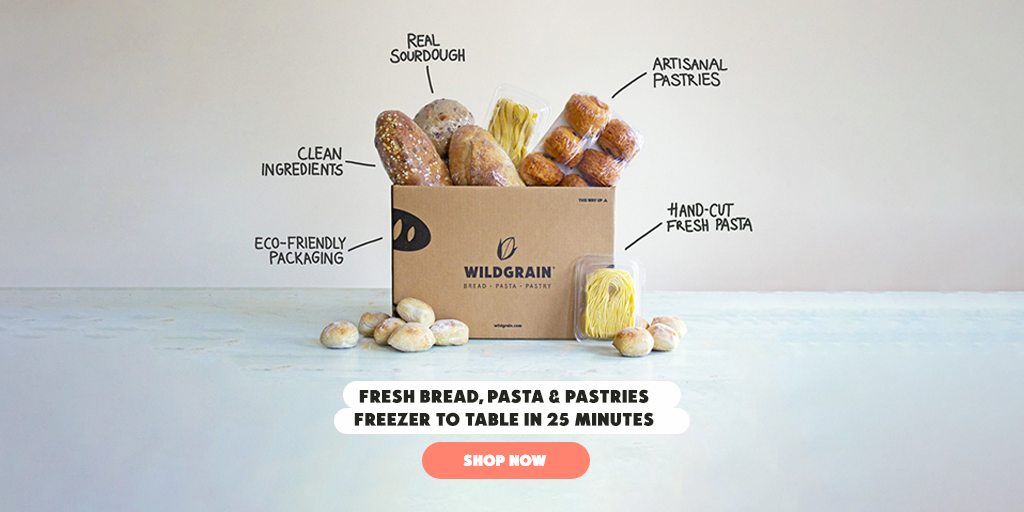|
In this issue MICROSOFT 365: My 2023 rear-view mirror and 2024 crystal ball Additional articles in the PLUS issue ONENOTE: The state of OneNote in 2023 FREEWARE SPOTLIGHT: 2024 — The free software I’m taking with me PATCH WATCH: The patching year in review — for consumers
MICROSOFT 365 My 2023 rear-view mirror and 2024 crystal ball
By Peter Deegan • Comment about this article Let’s first check the 2023 rear-view mirror to see what good, and not-so-good, things happened with Microsoft 365. I’ll look at just some of the changes, perhaps not the most-hyped-but-possibly-overlooked ones in the never-ending road that is Microsoft marketing. Then I’ll peer over the steering wheel to see what will or might happen in 2024. The year of Copilot promises
Microsoft would like us to think of 2023 as its Year of AI or, as the company might brand it, Year of Copilot, using its branding for AI tech. But let’s face it, 2023 was mostly the Year of Copilot Promises. Microsoft spent most of the year talking about AI and eventually settled on the Copilot branding. Looking back, it’s remarkable how little real AI tech was available to customers until very recently. Microsoft, wanting to appear to be the AI leader over Google, went on a marketing blitz —mentioning AI at every opportunity, even though there was little actual working product for people to use. The result has been good for Microsoft — it has managed to become seen as leading the AI pack despite advances from Google and other companies. Most of 2023 saw a constant stream of AI hype and videos from Microsoft, but few released products to show for it. Windows Copilot finally came out, but it’s pretty lame — at least so far. Only a few Windows settings can be changed inside the chat interface. There’s a website and videos galore, but Microsoft 365 Copilot is available only to Enterprise customers with a minimum of 300 users, costing an extra $9,000+ a month. Even then, it’s not capable of all the 2023 promises. Microsoft now has a Copilot portal which works in any Edge or Chrome browser and with a Microsoft account (see Figure 1).
2024 should be the Year of Copilot Reality. As it often does, Microsoft is releasing an incomplete product early, then adding more and better features as time goes on. Maybe later in 2024 we’ll start seeing a Copilot inside Microsoft 365 that’s closer to the original promises. More customers will get the technology, and the results will be better and more up to date. ChatGPT and Dall-E are the basis for, and future of, Copilot because Microsoft has a big (though financially convoluted) stake in the developer, OpenAI. Copilot is based on OpenAI’s technology but is more limited and conservative. The whole OpenAI/Sam Altman story was vastly amusing for us on the sidelines. In my view, having Sam Altman and staff stay at OpenAI is the best result for both customers and Microsoft. It allows OpenAI to continue innovating without the limitations of working inside Microsoft. Microsoft can cherry-pick the parts of OpenAI tech that suit, while users can access the less restrictive ChatGPT/Dall-E. Microsoft Designer
Back in January 2023, I discussed Microsoft Designer, Redmond’s graphics-creation service. Since then, Designer has improved and is the main way we can use Microsoft AI magic today. Designer’s Generate Image now uses the much-improved Dall-E v3, though in a more legally and content-restricted form than the OpenAI original. The same “text to image” service is available via Copilot or directly as Bing Image Creator. Something unique to Designer is its own Image Creator with fill-in-the-blanks prompts for making images (see Figure 2).
Aptos and new default fonts
In September, Microsoft announced a change to the default fonts and templates in Microsoft 365 with the addition of nine different Aptos faces including Serif and Monospace. Surprisingly, the Aptos cloud fonts later became available for the supposedly “no new features” Office 2021 and Office 2019.
The new fonts got all the attention, but there were also changes to the default color schemes and line colors/weights. All the previous settings are still available, labeled “Office 2013–2022.” Aptos substitutions are awful
For older versions of Office, the font substitutions for Aptos fonts are awful. All Aptos fonts except one are replaced with Calibri. It even replaces Aptos Mono, despite the fact that Calibri is not a fixed-space font.
It’s hard to understand how this has happened, because there is enough font information in documents to point Word to better alternatives. Aptos Display (the new heading font) is not replaced with Calibri Light (the former heading font). Aptos Serif is replaced by the obscure Sylfaen font for Georgian and Armenian scripts instead of, say, Georgia, which is both more common and a closer visual match. The worst and strangest case is the fixed-space Aptos Mono, which is clearly specified as a fixed font in Word XML, yet Word 2016 and Word 2013 both still choose Calibri over a closer match such as Courier New or Consolas. A suspicious person might think that a deliberate incompatibility has been added to the older Microsoft Office. Adding Python power into Excel 365 is a clever move by Microsoft because it brings in all the amazing Python Libraries for charting (see Figure 5), statistics, data management, and more in one fell swoop.
Python is currently in preview and available only to Insiders for Excel 365 for Windows. When it goes public, Python in Excel will likely be provided only by Microsoft 365 Business or Enterprise plans and not by Family/Personal plans. To see if you have Python in Excel, type =py into the formula bar and note whether the PY() function appears in the dropdown. It’s hard to understate the importance of this addition to Excel. (Some Python enthusiasts are so excited they’re under medical supervision to calm themselves.) The downside of Excel with Python is that Microsoft can pass the buck on many feature requests for Excel itself. For example, asking for better Excel charting or data normalization is likely to be dismissed with “You can do that with Python.” Python Editor for Excel
If you use Python in Excel, hasten to the Office Add-ins store and get “Excel Labs,” then enable Python Editor. It is a much better IDE than the default expanded formula bar (see Figure 6).
Excel extras
The same Excel Labs add-in has better ways to view and debug Excel formulas. Check out the Advanced Formula Environment. Automatic Data Conversion — consists mainly of tools to stop mistakes when people open .CSV or enter text data directly into Excel, rather than use long-standing tools to manage conversion (Text to Column Wizard or Get & Transform). GroupBy, PivotBy — These just arrived for Insiders, with two simple functions to summarize data quickly. No fussing about with PivotTables — a single function (see Figure 7) can now do the job. Look for the new functions in 2024.
Dropdown list AutoComplete — This slipped into Excel 365 spreadsheets without needing any change (Figure 8).
Microsoft is getting pushy
Microsoft is getting quite pushy about using its overwhelming market share to not-so-gently get customers to pay more money. Or get them to use plans that are cheaper for Microsoft to manage and thus more profitable. (new) Outlook is a project by Microsoft to reduce its support costs by having a single Outlook for Windows, without separate versions. Microsoft is already pushing the preview product to existing Outlook for Windows users so they can get as many guinea pigs (sorry — beta testers) as possible. As I mentioned only last month, a lot more work is needed on Outlook — and there’s a serious concern about the lack of privacy for non-Microsoft mailboxes. For years, Microsoft has been envious of the Apple App Store and the 30% cut the spaceship gets on every sale. It has tried — and mostly failed — to copy that in the Microsoft Store, as well as the specialist store for Office add-ins. The latest move is to put Get Add-ins on the Microsoft 365 File menu (see Figure 9), where it’s harder to miss.
This year, Microsoft carved out a huge exception to its support promises. Office 2019 and 2016 are both supported until 2025; but on October 10, 2023, Microsoft stopped supporting Office 2019 and Office 2016 connections to Microsoft’s own cloud services. That means Outlook links to Microsoft 365 or Outlook.com mailboxes are not guaranteed. The main excuse for this is that Microsoft gave a year’s notice. Apparently, it’s OK to steal something that customers paid for, provided you give enough notice. There’s no excuse for such action except greed. As Microsoft tries to cut costs, this is just one of many passive-aggressive moves to push customers to buy another version of Microsoft Office sooner than needed. Free audiobooks
Something that slipped under the radar is Microsoft’s deal to make audiobooks of all the Project Gutenberg titles, using its latest text-to-speech technology. The readings are amazingly good (although not as good as a human reader) and are usually quite listenable. All 4,800+ audiobooks made with Microsoft’s latest text-to-speech wizardry are available free from this Microsoft page at Windows.net. Or you can search the major podcast libraries. What’s coming in 2024
Admittedly, my crystal ball for 2023 was very cloudy. The letters “AI” didn’t appear in the sphere at all, but I was far from the only one who didn’t see it. Next year, Office 2024 will replace Office 2021 in the perpetual-license product line. Nothing else is yet known about Office 2024 — no features, price, or release date. Even the name is a placeholder, also yet to be confirmed. No Microsoft Office versions expire in 2024. The next major end-of-support milestone is for Office 2019 and Office 2016 in October 2025. But the Microsoft 365 browser extension for Chrome and Edge will stop getting updates as of January 15, 2024, and will disappear from the extension library. You’ll hear endless stuff about AI from Microsoft, Google, Meta, and many others. Certainly, Microsoft’s Copilot will become more accessible in 2024. Look for integration into Office apps of features now available only from separate sites. AI results will be more accurate and use more up-to-date information in the data and language models. Expect Copilot to come at a price, because Microsoft has to recoup its enormous investment in cloud AI data centers. Will there be price increases for Microsoft 365 Family and Personal (consumer) plans? The current US prices have remained the same for a long time, even though a lot has been added to the plans. Of course, they won’t be called “increases” but rather “simplified” or “premium” plans to match “customer demand.” (Maybe a Copilot add-on, similar to what’s available for business plans?) On the other hand, the global economic slowdown might make it harder to get sales for an enhanced consumer range. A lower-priced plan is possible if Microsoft fears losing customers with a tighter budget. I’ll say it again: The only certainty for Microsoft 365 customers is “change.” 2024 will feature a lot of AI generally and Copilot specifically. Microsoft continues to insist that “new” is an absolute good, with little consideration that customers might prefer stability instead of monthly revisions.
Peter Deegan is the author of Windows 11 for Microsoft Office Users, Microsoft 365 for Windows: Straight Talk, Eye-Catching Signs with Word, Christmas Cheer with Office, and others. He is the co-founder and editor in chief of the Office Watch site and newsletters since they started in 1996.
The AskWoody Newsletters are published by AskWoody Tech LLC, Fresno, CA USA.
Your subscription:
Microsoft and Windows are registered trademarks of Microsoft Corporation. AskWoody, AskWoody.com, Windows Secrets Newsletter, WindowsSecrets.com, WinFind, Windows Gizmos, Security Baseline, Perimeter Scan, Wacky Web Week, the Windows Secrets Logo Design (W, S or road, and Star), and the slogan Everything Microsoft Forgot to Mention all are trademarks and service marks of AskWoody Tech LLC. All other marks are the trademarks or service marks of their respective owners. Copyright ©2023 AskWoody Tech LLC. All rights reserved. |
||||||||||||||||||||||||






















